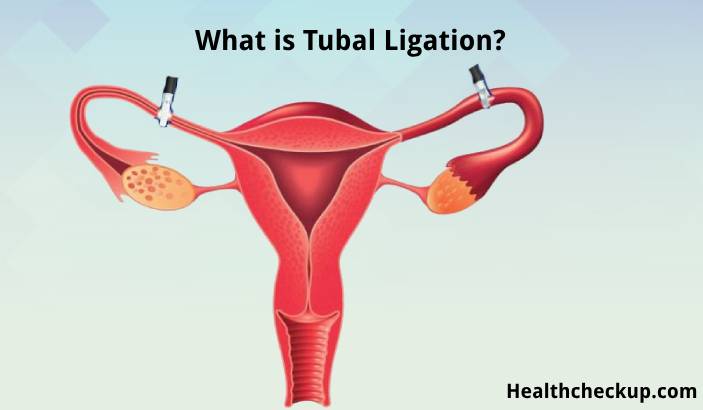Pregnancy is a wonderful thing, but if you don’t want more children, then you might want to explore options other than taking contraceptives. Tubal ligation is one procedure that can help to prevent pregnancy, but it’s important to understand the long term effects of this option. In this article, we take a look at the long-term effects, consider how the recovery process works, and share some other useful details you should take into account before making a decision.
What is a Tubal Ligation Procedure?
A tubal ligation procedure is a type of sterilization that women can opt for if they don’t want children. If you already have children but don’t want to risk another pregnancy, then this sterilization method is something that you can also consider.
The procedure itself is relatively simple and not considered dangerous. In fact, most women who undergo a tubal ligation procedure can go home on the same day as the surgery.
Some people also refer to the procedure as getting your tubes tied. It’s different from contraceptives, as tubal ligation leads to permanent birth control. There are different ways in which the procedure can be done. Sometimes, your fallopian tubes will be blocked. This ensures eggs cannot move through them. They can also be cut. Your doctor will discuss the options with you before the surgery.
The idea is to ensure sperm cannot reach your eggs, which is necessary for pregnancy to happen.
Tubal ligation is considered a highly effective form of birth control. It has a success rate that surpasses 99%, which means it is extremely rare to get pregnant after you undergo this procedure.
Tubal Ligation Procedure Recovery Process
After a tubal ligation procedure, you’ll undergo a recovery process. How quickly you’re able to recover largely depends on the type of surgery that was used.
If it was an open surgery, which is sometimes used after you give birth, then recovery will take a bit longer compared to other types. You can expect to return to your normal activities in about eight weeks. However, when you would rather have a laparoscopy, recovery is usually much shorter, taking around four weeks.
Something to keep in mind is that the procedure is done under general anesthesia. That means you’ll feel tired after the procedure.
Pain is a common side effect. You’ll have pain in your abdomen. Some women experience other side effects, such as dizziness, nausea, and bloating afterward. These side effects go away on their own.
It is, however, important to take note of pain in your pelvis that doesn’t seem to go away. Get in touch with your doctor if this is the case. This is especially important if the pain is accompanied by a fever.
What are the Long-Term Effects?
One of the most important long-term effects to keep in mind is the fact that a tubal ligation procedure is a form of permanent birth control. This means you won’t be able to have the procedure reversed at a later date, which can sometimes lead to feelings of regret.
In the long term, it’s possible for the procedure to cause changes to your menstrual cycles. Some women also find that the pain they experience during menstruation is more severe after they opt for a tubal ligation procedure.
Another important long-term effect is the risk of an ectopic pregnancy. This can happen if the fallopian tubes reconnect to each other or the clamp that was used to block them fails. If this happens, it’s possible for sperm to potentially fertilize an egg and attach to these tubes. The
gnancy then develops inside your fallopian tube instead of your uterus.
Conclusion
You may consider undergoing a tubal ligation procedure if you don’t want to have kids anymore. However, it’s important to make sure you have a good understanding of what to expect before you decide to opt for this procedure. It is considered a low-risk option, but it’s possible to experience some problems down the line, including a risk for an ectopic pregnancy.
Doctor, author and fitness enthusiast, Ahmed Zayed, MD, is a surgery resident with a passion for helping people live a happy healthy life. He is the author of numerous health-related books and contributor to several medicine, health and wellbeing websites.









